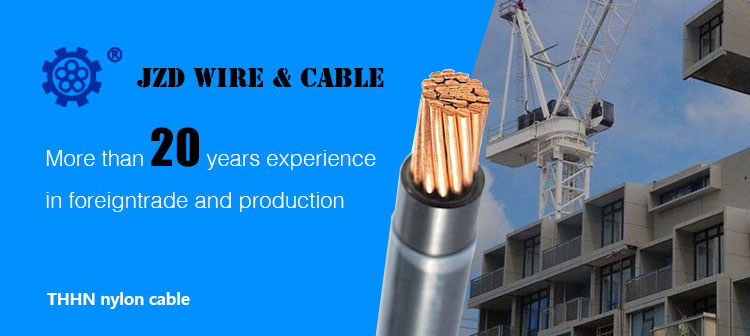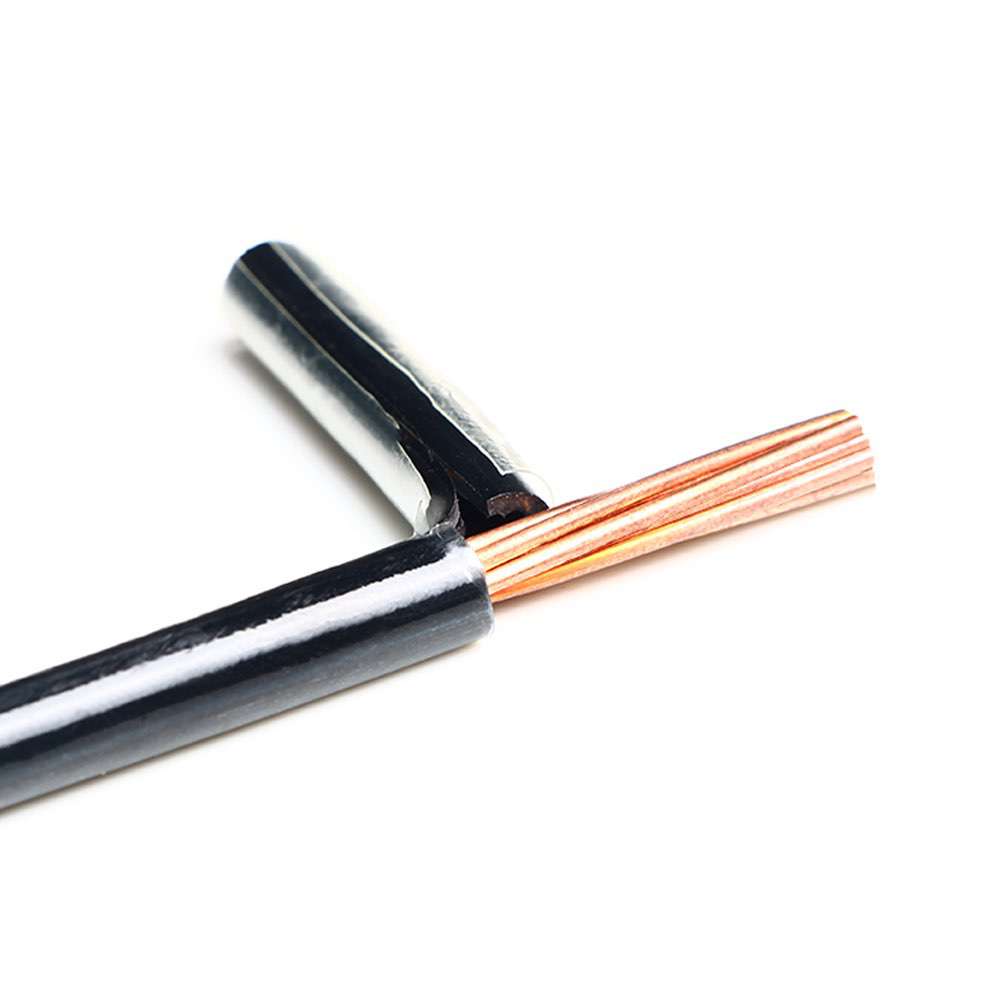 Author: Joey Wan
Author: Joey Wan  September 07,2022
September 07,2022
When the cable is powered on and running normally, the cable itself will generate a certain amount of heat, which is a normal phenomenon. However, due to some other special reasons, such as cable overheating caused by substandard cable quality, improper cable selection, and non-standard installation and laying, there are great potential safety hazards.

1. Reasons for overheating of THHN cables
1) The conductor resistance of the cable does not meet the standard requirements, causing the cable to generate heat during operation.
2) Improper selection of cables will cause the conductor cross-section of the cables used to be too small, and overload during operation. After long-term use, the heating and heat dissipation of the cables are unbalanced, resulting in heating.
3) When the cables are installed, the arrangement is too dense, the ventilation and heat dissipation effect is not good, or the cables are too close to other heat sources, which will affect the normal heat dissipation of the cables and cause the cables to generate heat during operation.

4) The joint manufacturing technology is not good, and the crimping is not tight, resulting in excessive contact resistance at the joint, which will also cause the cable to generate heat.
5) The insulation performance between the phases of the cable is not good, resulting in low insulation resistance and heating during operation.
After the cable is overheated, if the cause is not found and the fault is eliminated in time, the insulation thermal aging phenomenon will occur after the cable is continuously energized and operated, resulting in the phenomenon of phase-to-phase short-circuit tripping of the cable, which may cause a fire in serious cases.

1) According to the size of all loads, select the cable reasonably.
2) Choose a cable manufacturer with a good brand and high reputation to ensure that the quality of the cable is qualified.
3) When installing and laying cables, ensure that the ventilation and heat dissipation of the cables are good.
4) The cable joint must be compacted tightly to reduce the contact resistance at the joint and reduce heat generation.
